Creating a Calming Bedroom Color Palette the Best Way
After spending countless hours helping clients transform their bedrooms into peaceful retreats, I’ve learned that color choice can make or break your sleep sanctuary. Today, I’m excited to share my insights on creating the perfect calming bedroom color palette. Whether you’re planning a complete renovation or just wanting to refresh your space, this guide will help you choose colors that promote rest and relaxation.

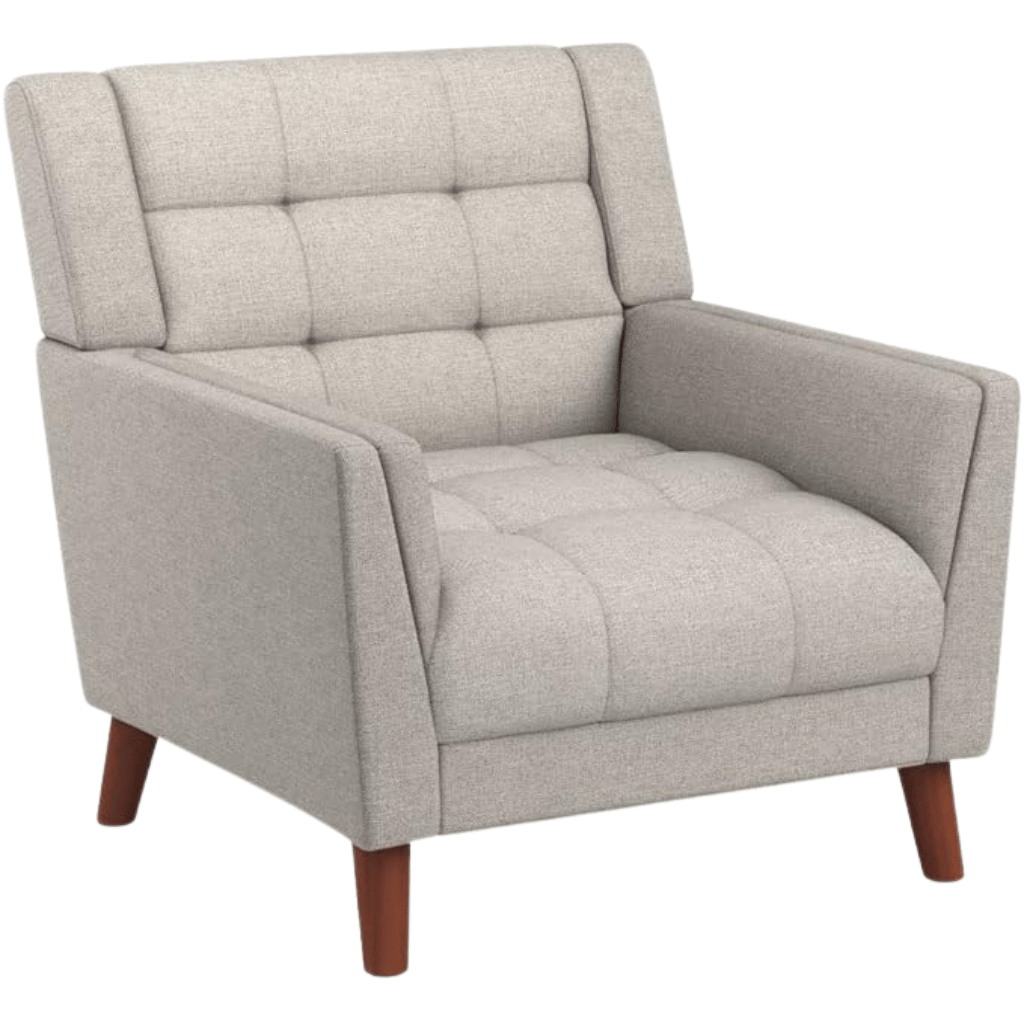
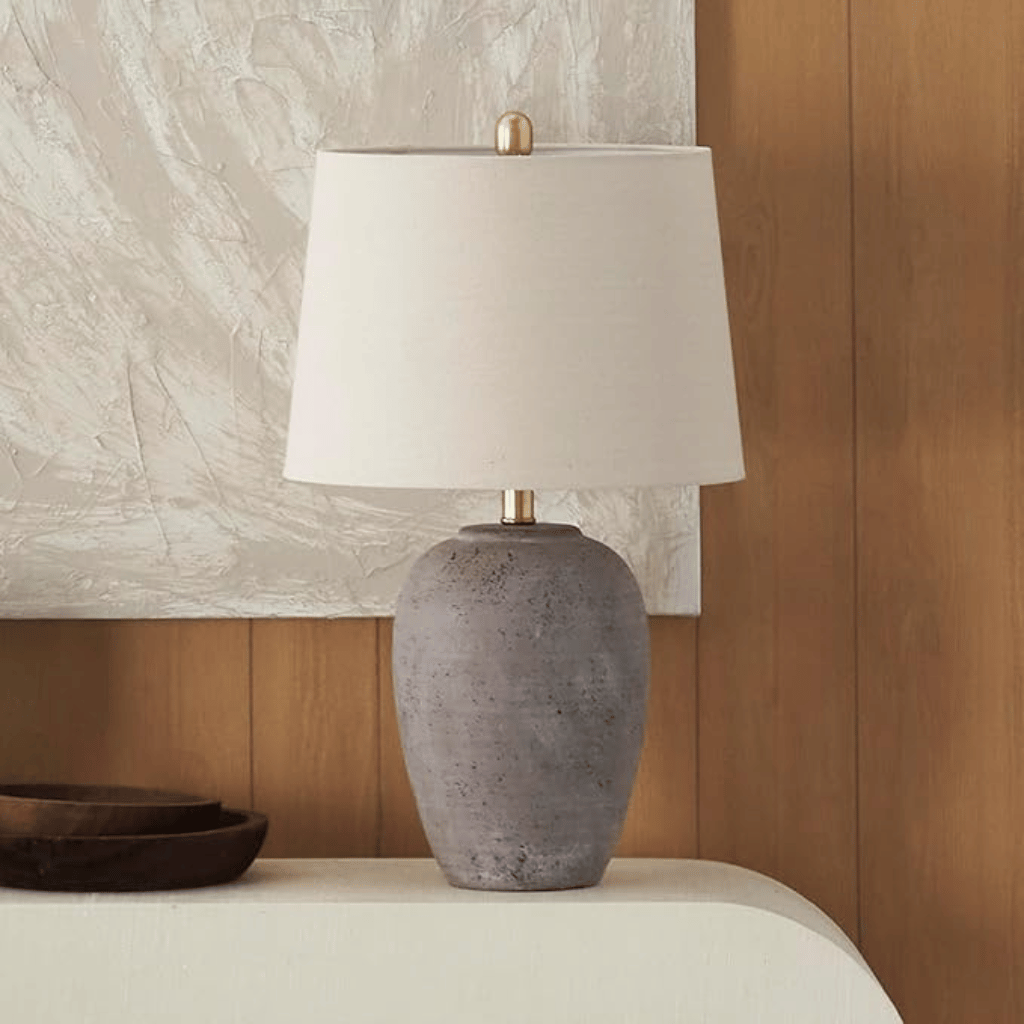
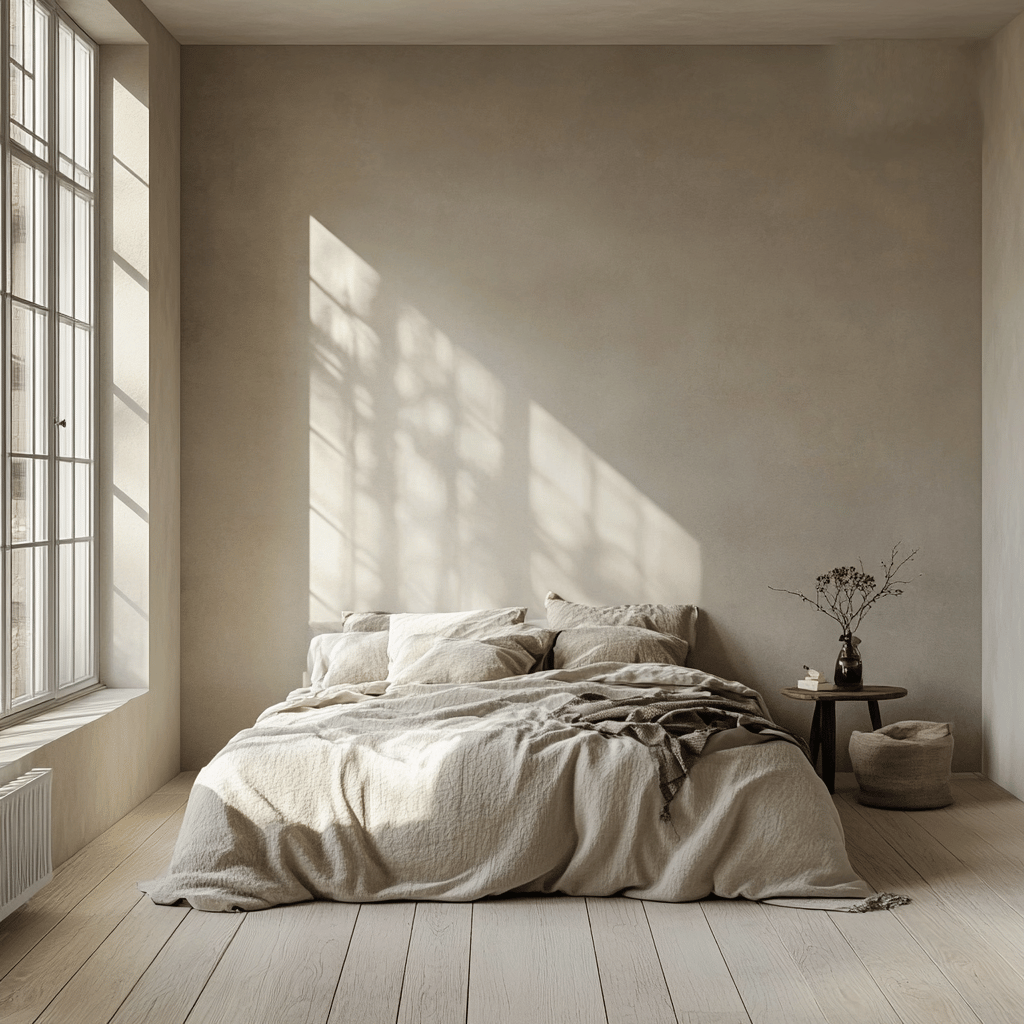
Why Your Bedroom Colors Matter More Than You Think
I remember walking into my bedroom years ago and wondering why I couldn’t relax. The walls were painted in a vibrant orange – a color I loved in theory but that kept my mind racing at night. That’s when I started diving deep into color psychology and its effects on sleep quality. Your bedroom colors don’t just affect how your space looks; they influence how you feel and even how well you sleep.
Research has shown that certain colors can lower blood pressure and slow down our heart rate, while others can energize and stimulate our minds. In the bedroom, where relaxation is key, choosing the right color palette becomes crucial for creating a sleep-friendly environment.

The Science Behind Calming Colors
When I’m working with clients, I often explain how our brains process different colors. Cool tones like soft blues and gentle greens are processed by our minds as calming signals. This isn’t just design theory – it’s backed by scientific studies. These colors remind us of natural elements like the sky, ocean, and peaceful forests, triggering a relaxation response in our brains.
Here’s what I’ve learned about specific colors and their effects:
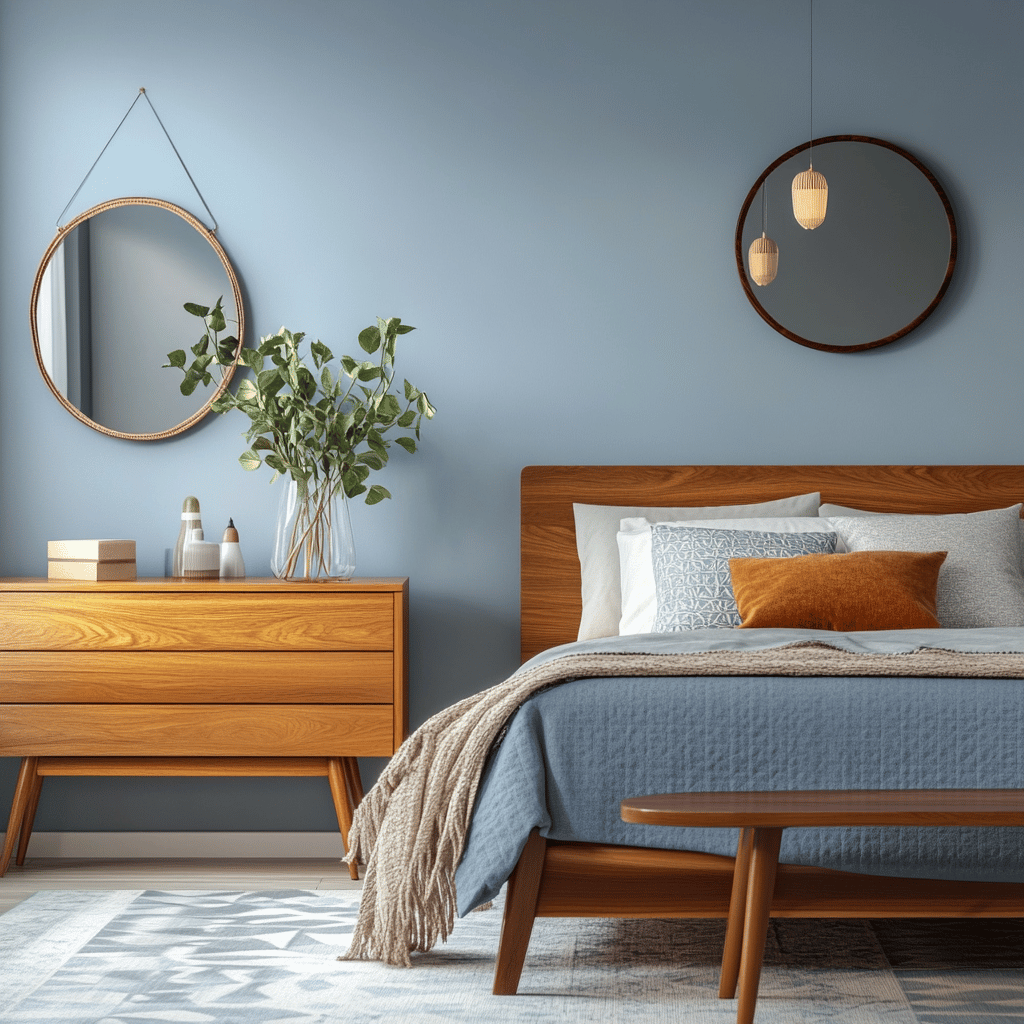
Soft Blues
I’ve found that light blue is often the most successful bedroom color. It reminds us of clear skies and calm waters, naturally lowering blood pressure and heart rate. One of my clients reported sleeping an extra hour each night after switching from beige to a soft powder blue.
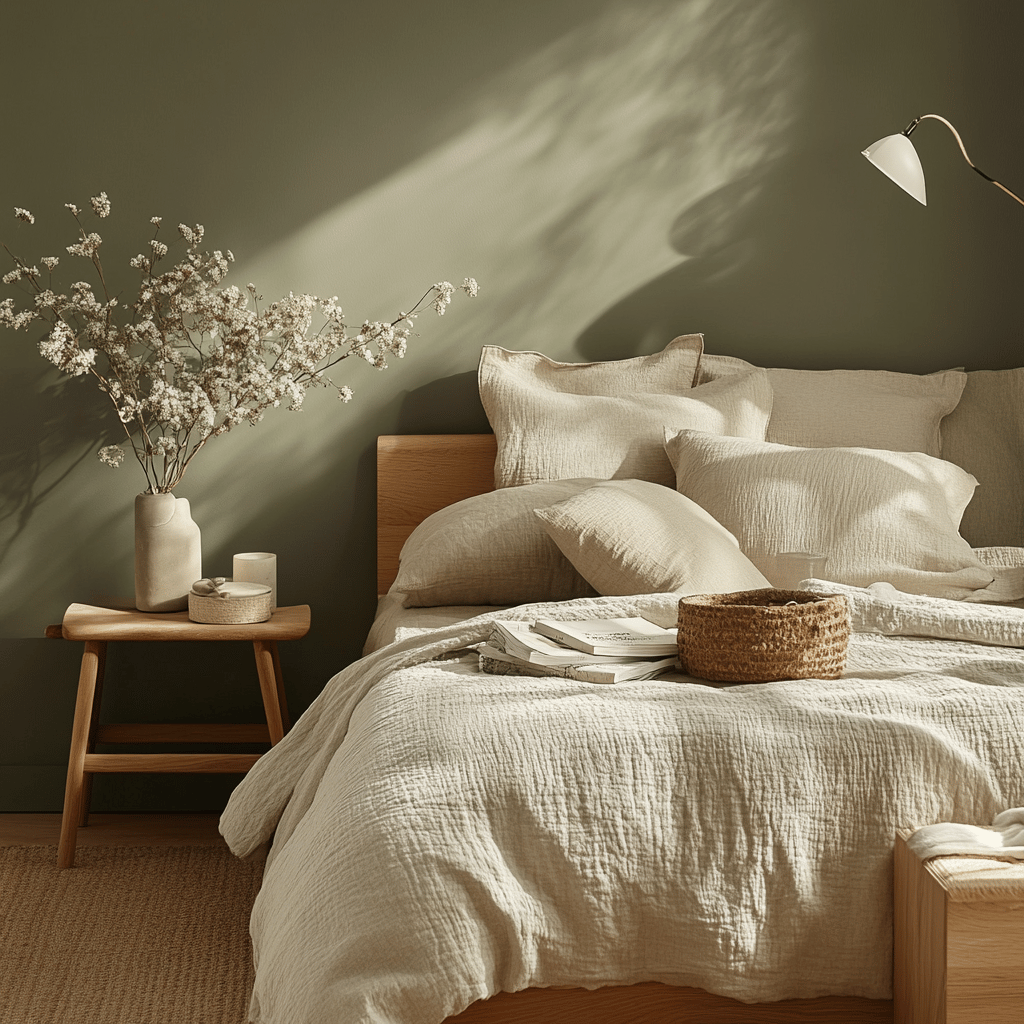
Gentle Greens
Nature’s neutral, green brings the outdoors in. I love using sage and celadon shades because they create a connection to nature while maintaining a serene atmosphere. These colors work particularly well in rooms with natural light.
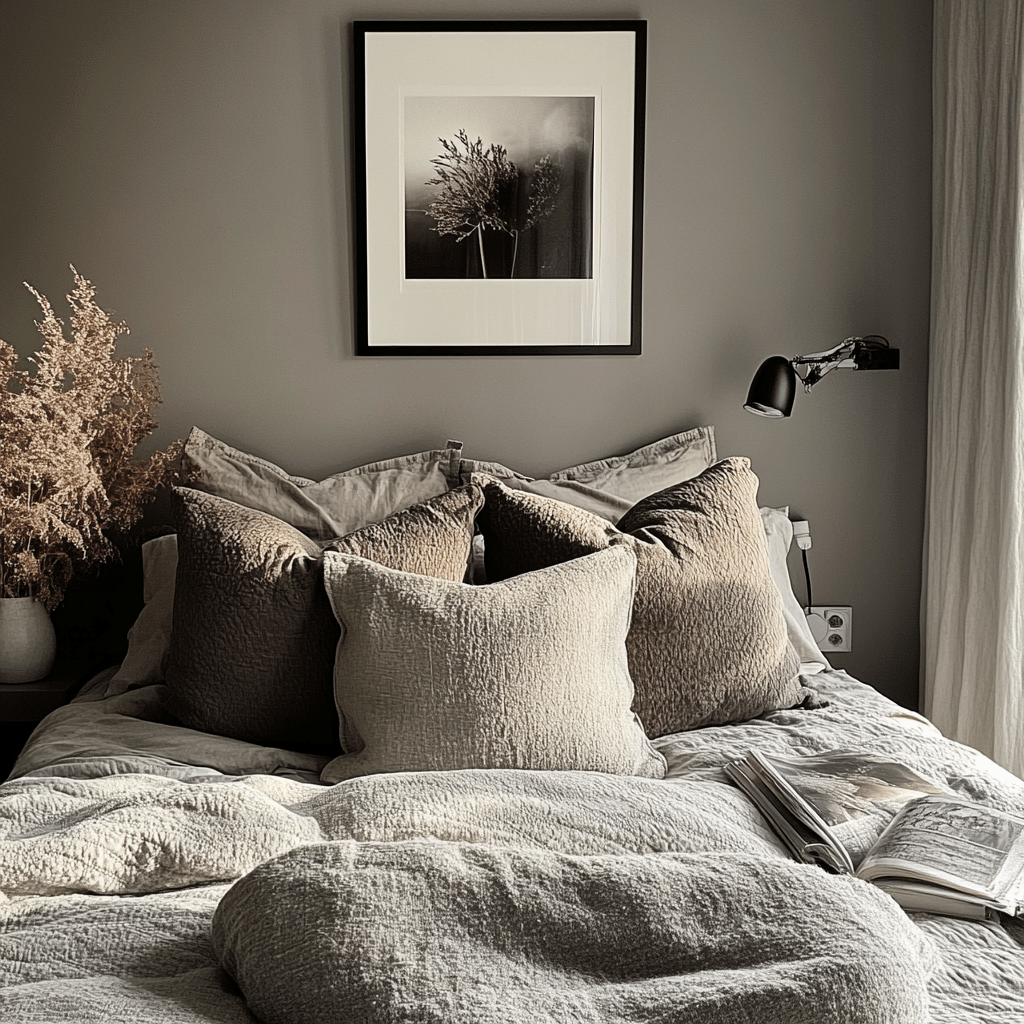
Warm Grays
Don’t underestimate the power of a good gray. I often recommend warm grays (with brown or beige undertones) as they create a cozy, cocoon-like feeling without being too dark or heavy.
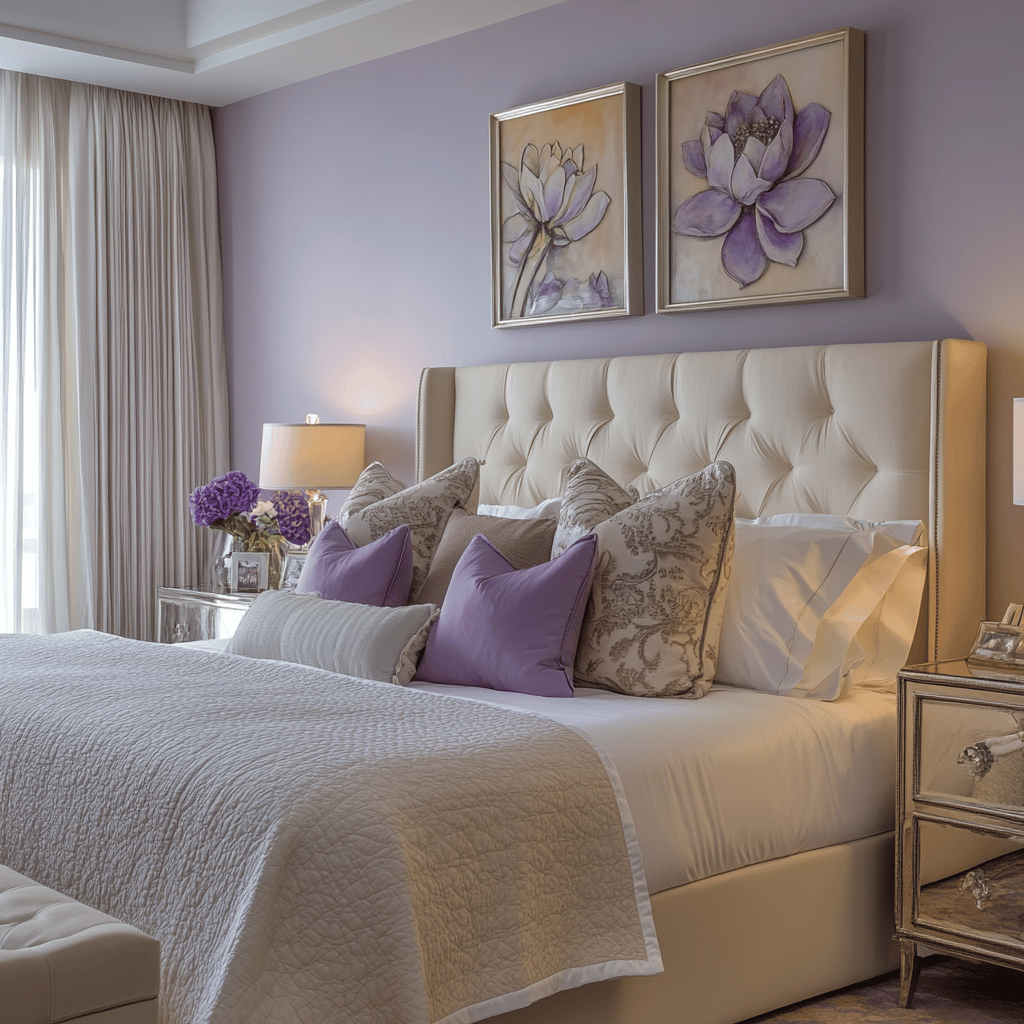
Soft Lavender
This might surprise you, but lavender can be incredibly calming when used in the right shade. I always suggest avoiding bright purples and sticking to soft, grayed-down versions that have a dreamy quality.
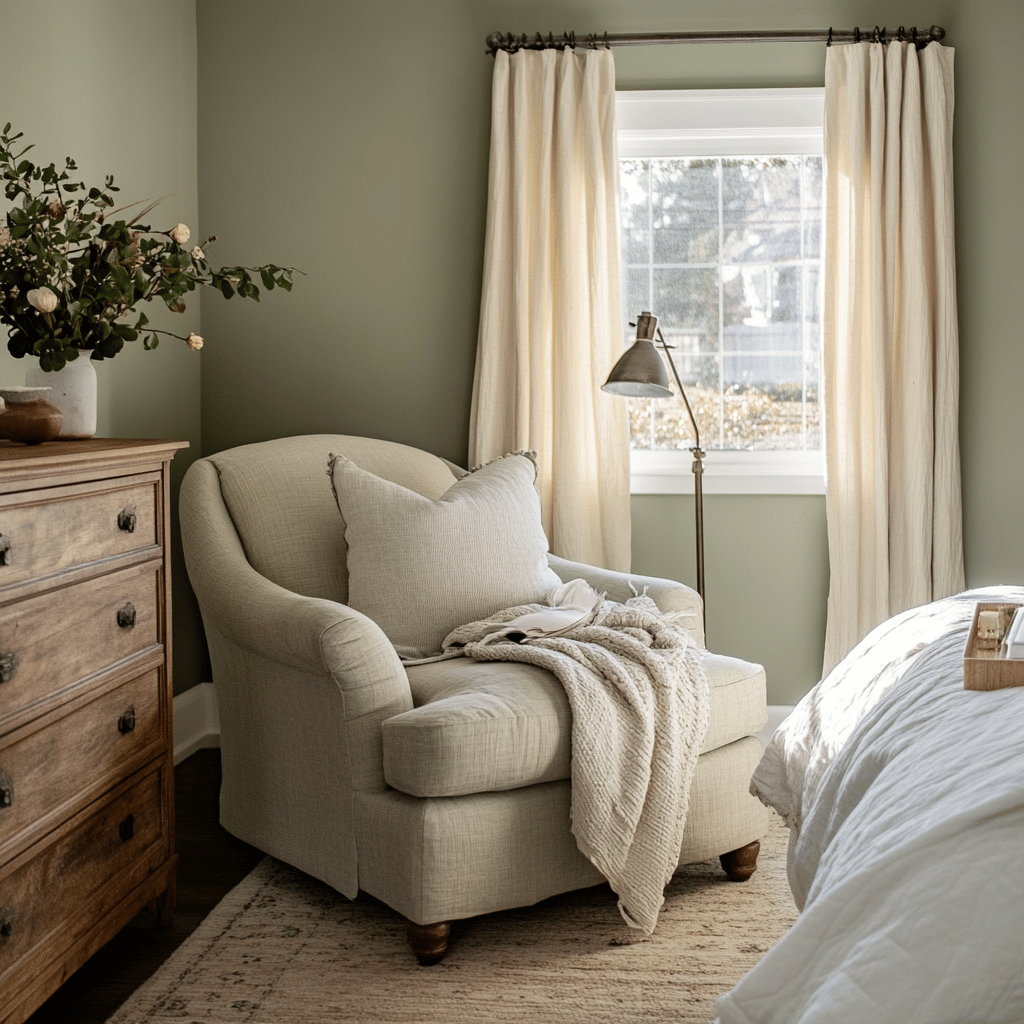
Creating Your Perfect Color Palette
After years of experimenting, I’ve developed a foolproof method for creating bedroom color palettes. Here’s my step-by-step approach:
Start with Your Base Color
Choose one main color that speaks to you and makes you feel calm. I always tell my clients to trust their intuition here – you’ll know when a color feels right. Just remember to choose a muted version of whatever color you love.
Add Supporting Colors
Build around your base color with 2-3 complementary shades. I like to follow the 60-30-10 rule:
- 60% of the room should be your main color (usually walls)
- 30% should be your secondary color (bedding, curtains)
- 10% should be accent colors (decorative elements)

Consider Natural Light
The amount and direction of natural light in your room will affect how colors appear. I learned this lesson the hard way when a beautiful sage green looked dingy in a north-facing bedroom. Now I always check colors at different times of day before making final decisions.

Common Mistakes to Avoid
Through my experience, I’ve seen several common pitfalls when people choose bedroom colors:
Going Too Dark
While dark colors can be cozy, they can make a room feel cramped and heavy. If you love darker shades, I suggest using them as accents rather than main colors.
Choosing Colors That Are Too Bright
Even if you love vibrant colors, save them for other rooms. I’ve seen how bright colors can stimulate the mind when you’re trying to wind down.
Ignoring Undertones
This is probably the biggest mistake I see. Every color has undertones that aren’t immediately obvious but can clash with other elements in your room. I always recommend testing colors next to your existing furniture and in your room’s natural light.
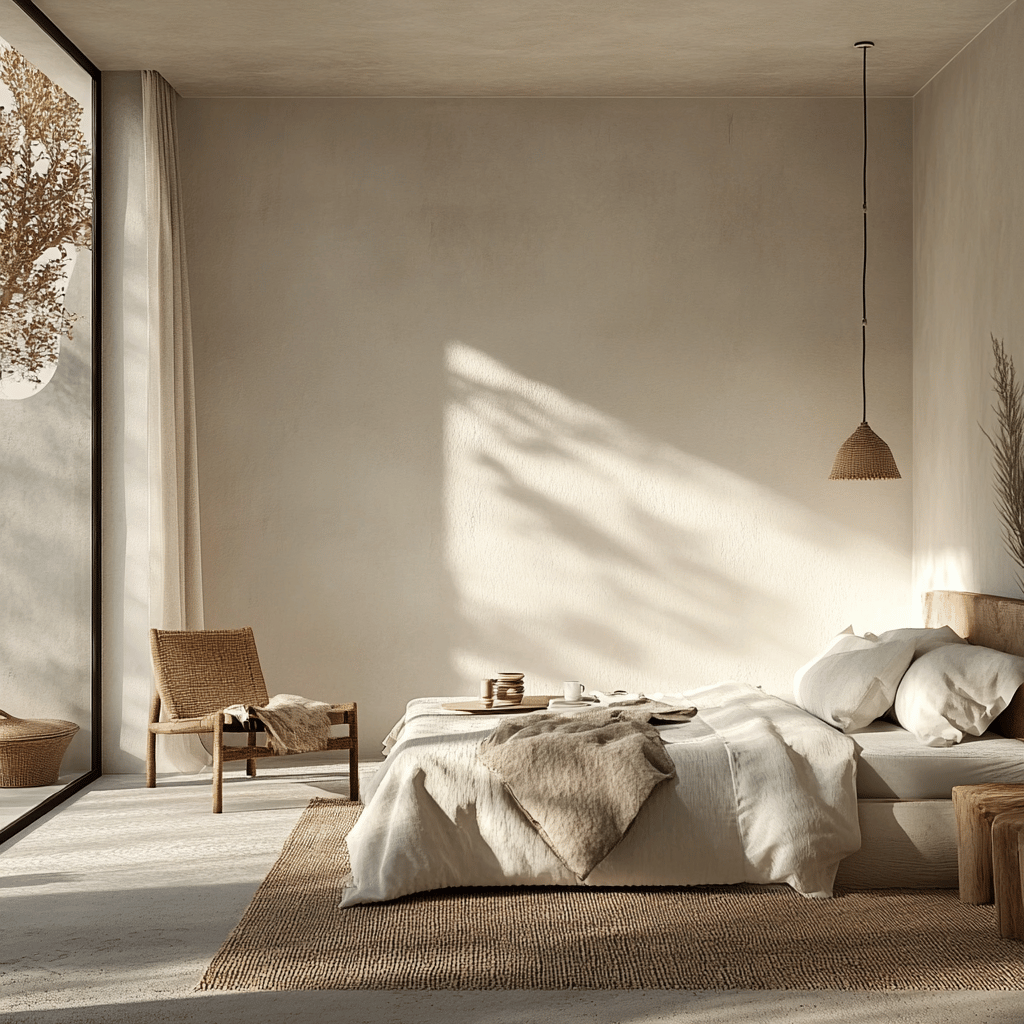
How to Test Colors in Your Space
Here’s my tried-and-true method for testing colors:
- Paint large swatches (at least 2×2 feet) on multiple walls
- Look at them during different times of day
- Observe how they appear under both natural and artificial light
- Live with them for at least 48 hours before making a decision
Creating Flow with the Rest of Your Home
While your bedroom should feel calming, it shouldn’t feel disconnected from the rest of your home. I always consider how bedroom colors will flow with adjacent spaces. This doesn’t mean everything needs to match perfectly, but there should be a subtle connection.
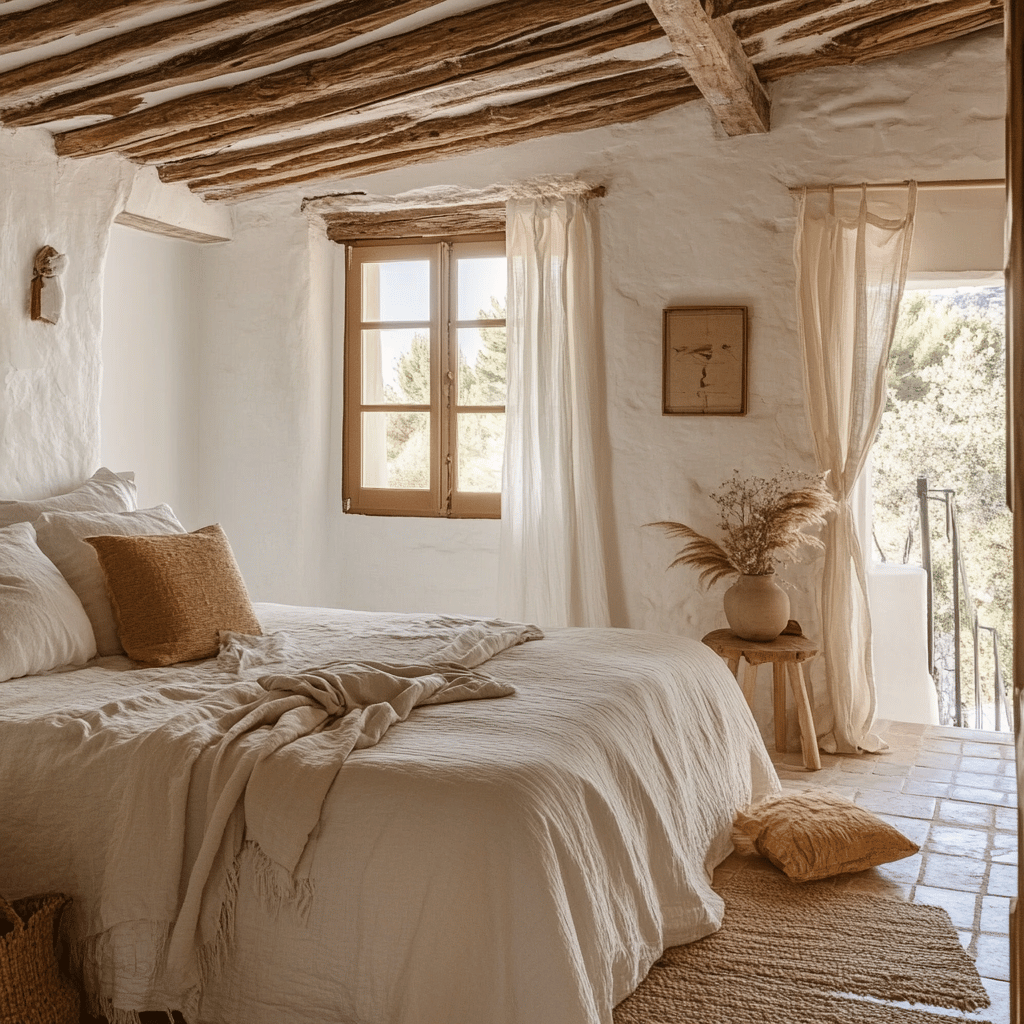
Working with Existing Elements
One challenge I often help clients with is working around existing elements like carpet or furniture. Here’s my approach:
- Identify the undertones in your fixed elements
- Choose colors that complement rather than fight with these undertones
- Use neutral bridges to connect different colors
- Consider using color to downplay elements you can’t change
The Role of White and Neutrals
I’ve found that many people default to white walls thinking they’re the safest choice. While white can be beautiful, it needs to be chosen as thoughtfully as any other color. I prefer warm whites in bedrooms as they create a softer, more welcoming atmosphere than stark whites.
Bringing It All Together
Creating a calming bedroom color palette is about more than just choosing pretty colors – it’s about creating an environment that promotes rest and relaxation. Through my years of experience, I’ve learned that the most successful bedroom color schemes are those that make you feel instantly at ease when you walk into the room.
Remember, there’s no one-size-fits-all solution. While I can provide guidelines and suggestions, the best color palette for your bedroom is one that speaks to you personally and helps you unwind at the end of the day.
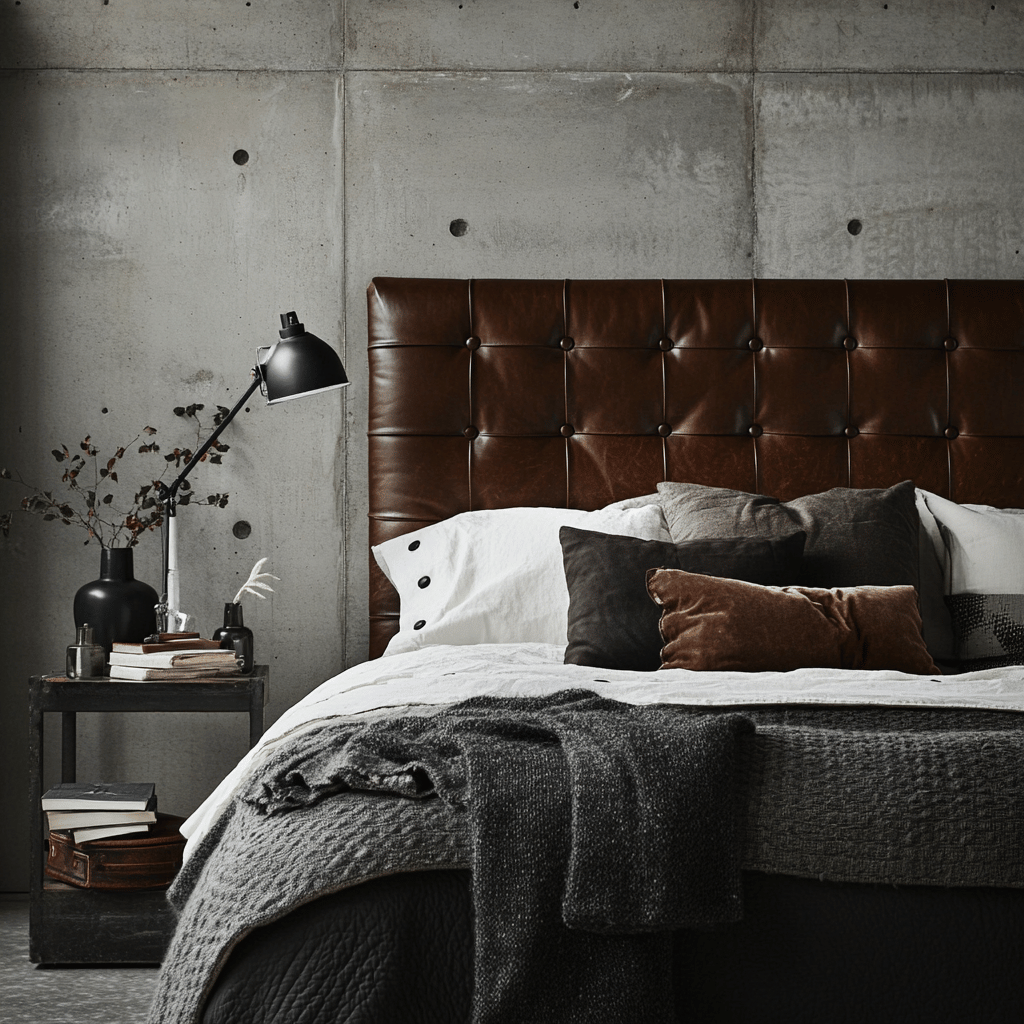
Final Thoughts
As I wrap up this guide, I want to emphasize that creating a calming bedroom color palette is a journey worth taking. The time and effort you put into choosing the right colors will pay off every night when you retreat to your peaceful sanctuary.
I’ve seen firsthand how the right colors can transform not just a space, but also the quality of people’s rest and relaxation. Whether you choose soft blues, gentle greens, or warm neutrals, the key is creating a space that helps you transition from the busyness of day to the tranquility of night.
Don’t be afraid to take your time with this process. Test colors, live with them, and most importantly, trust your instincts. After all, this is your personal retreat, and it should feel perfectly peaceful to you.
What color combinations help you feel most relaxed? I’d love to hear about your experiences with bedroom colors in the comments below.
If you love home decor and interior design as much as I do, check out these other articles I think you might like.
Creating a Cozy Reading Nook in Unused Living Room Corners

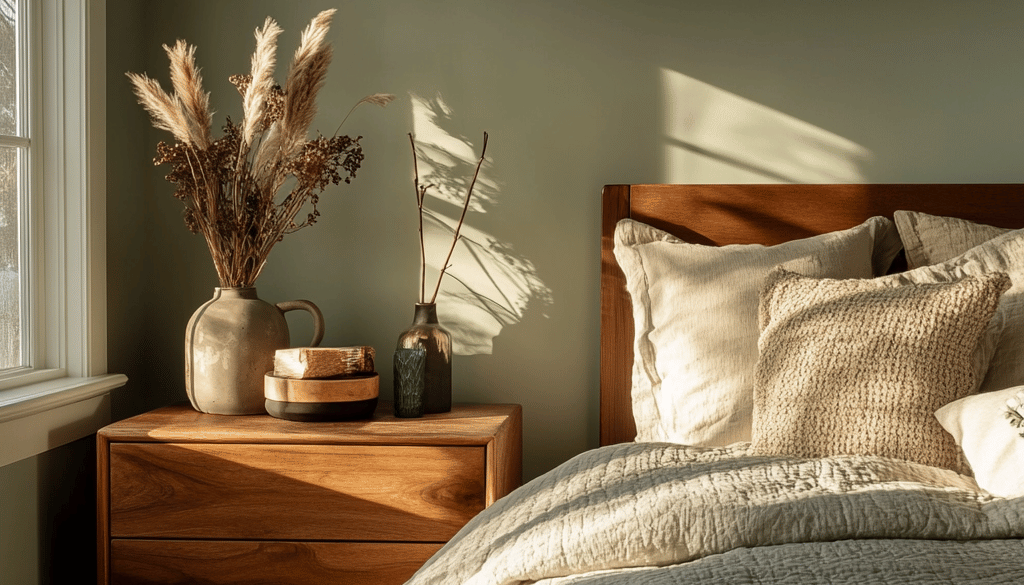
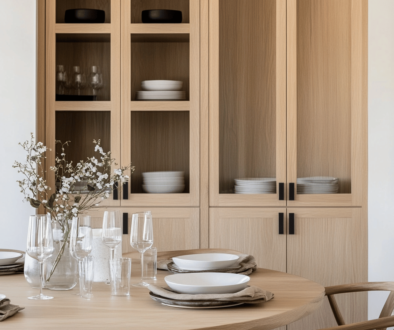
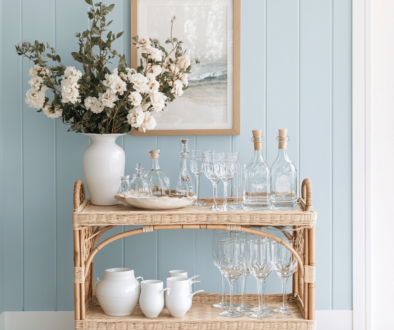
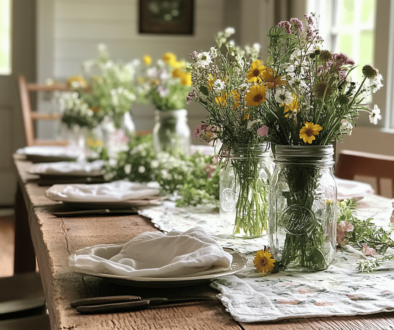
Smart Built-in Storage Solutions for Your Dining Room
February 1, 2025 @ 3:54 pm
[…] Creating a Calming Bedroom Color Palette […]